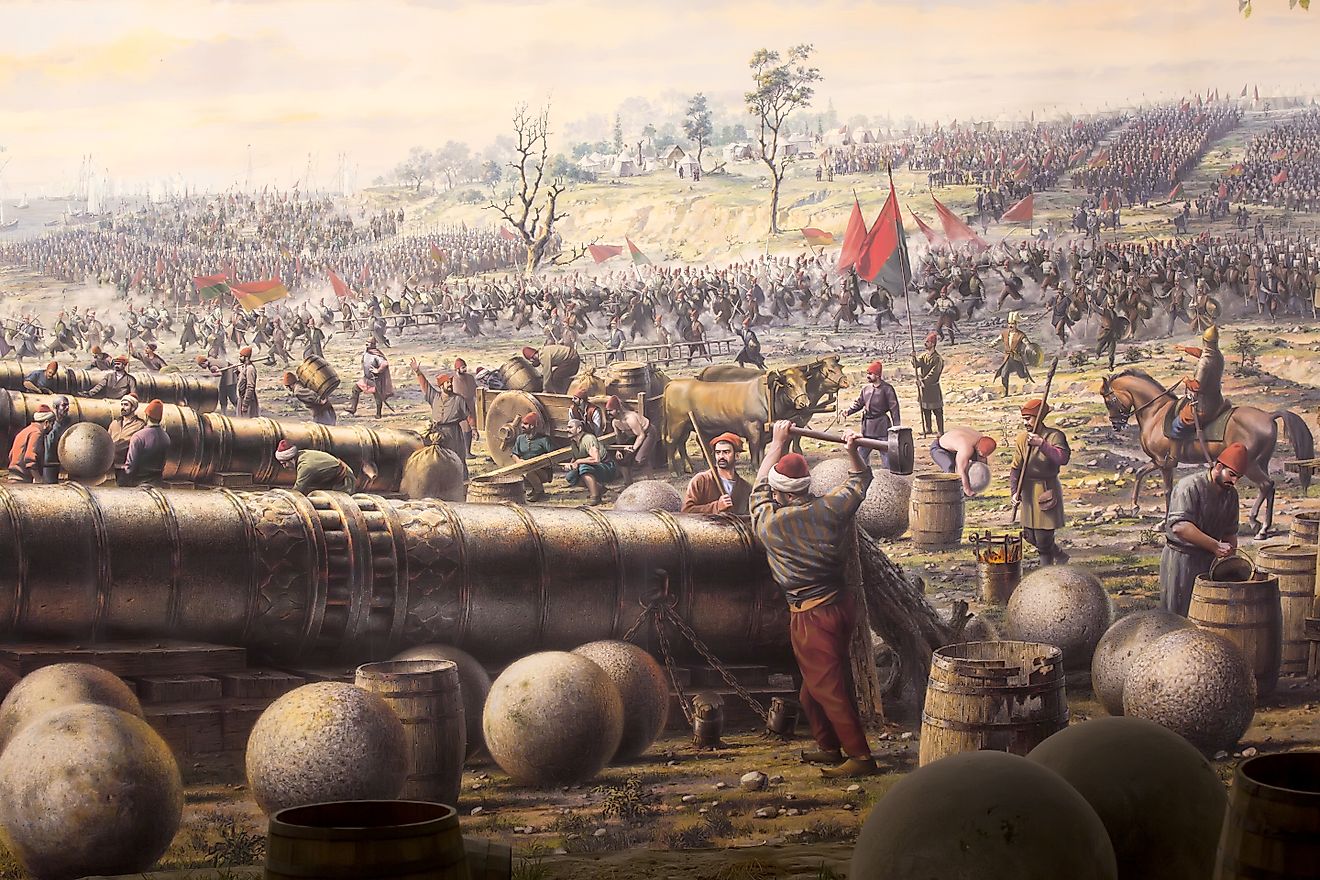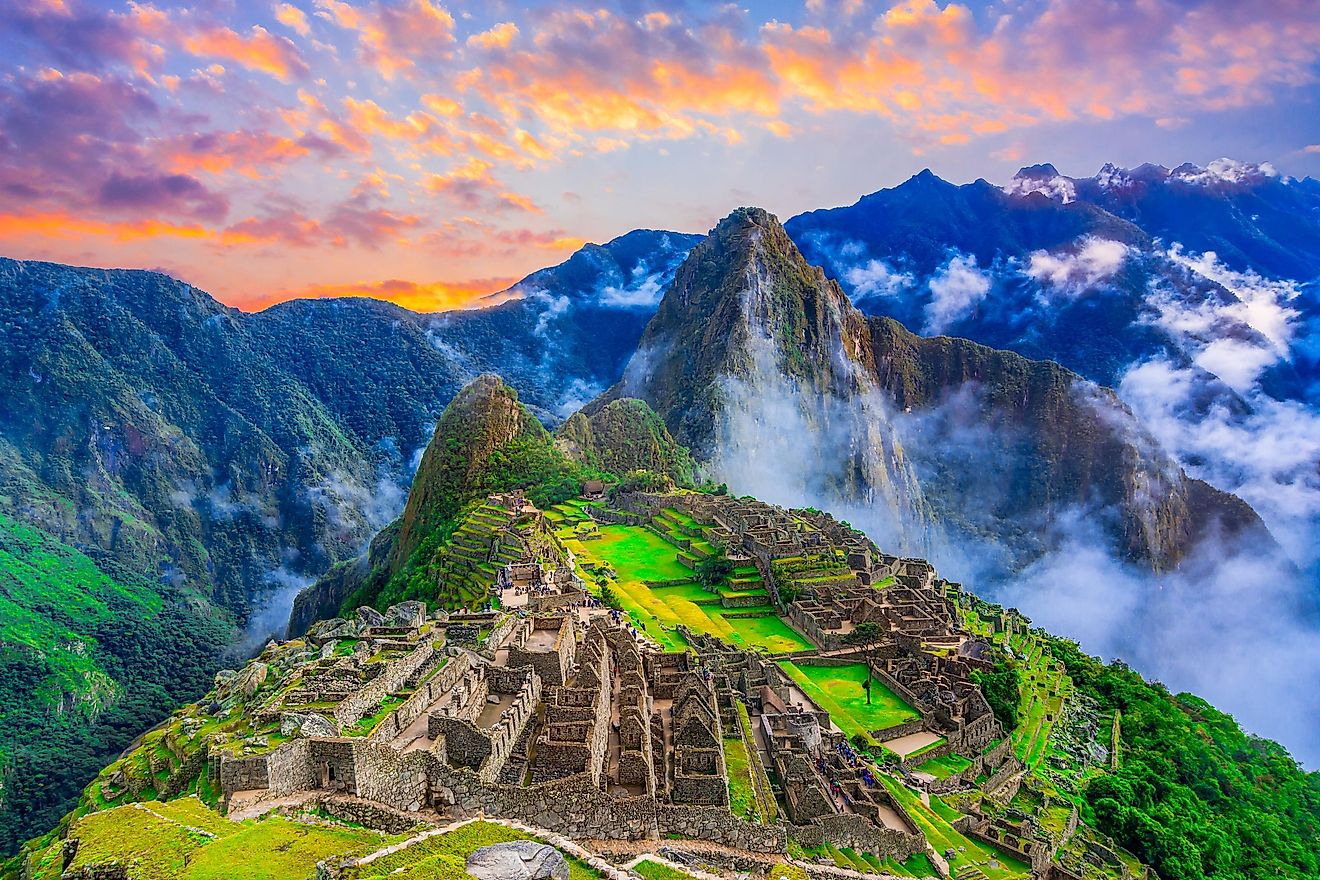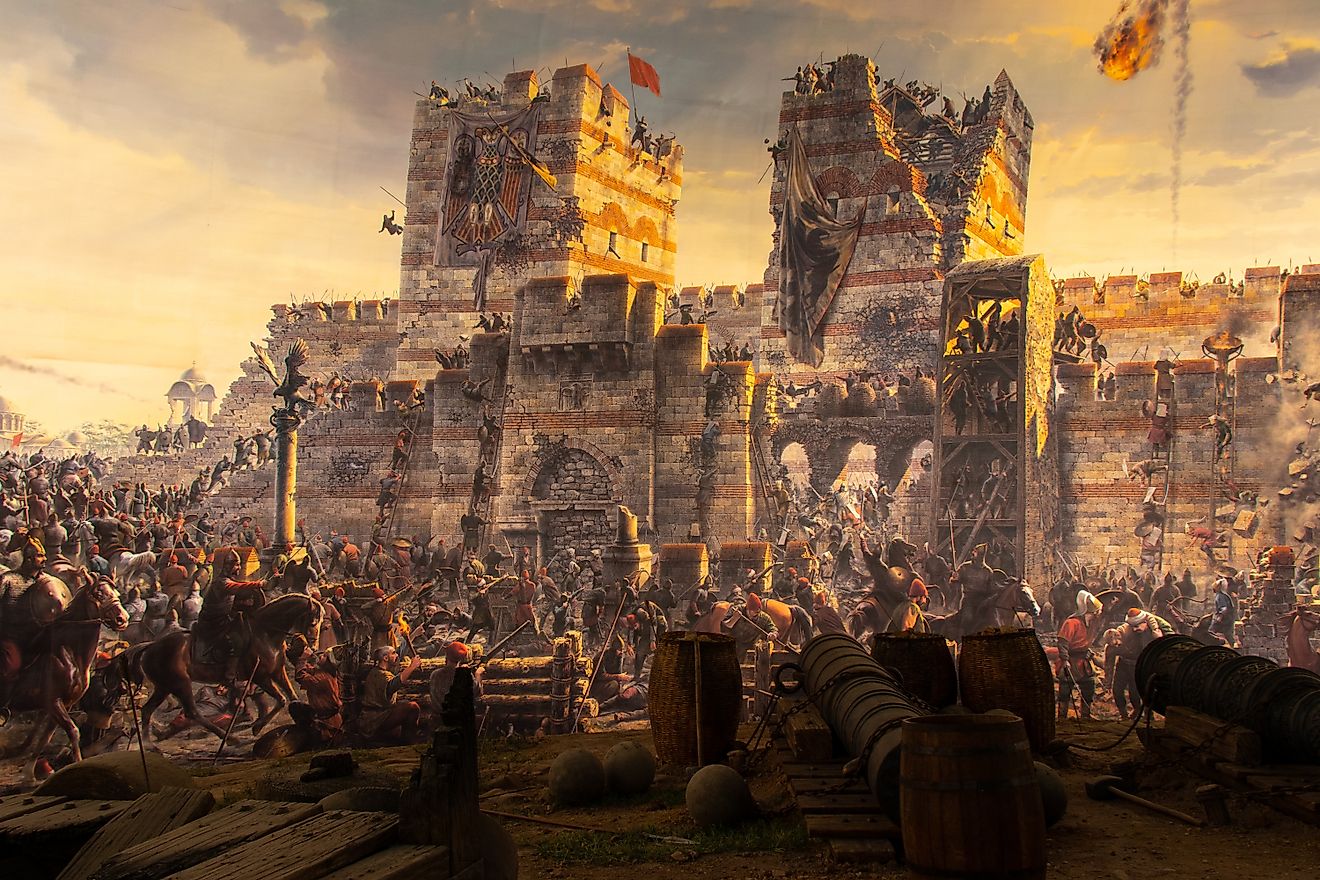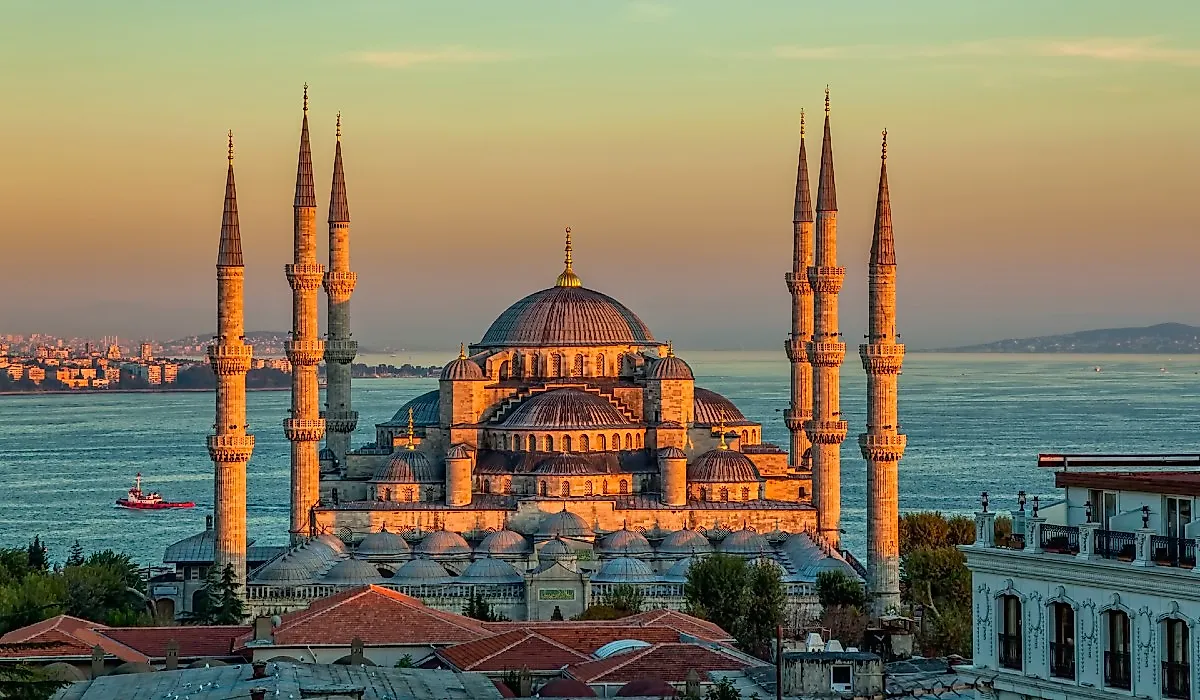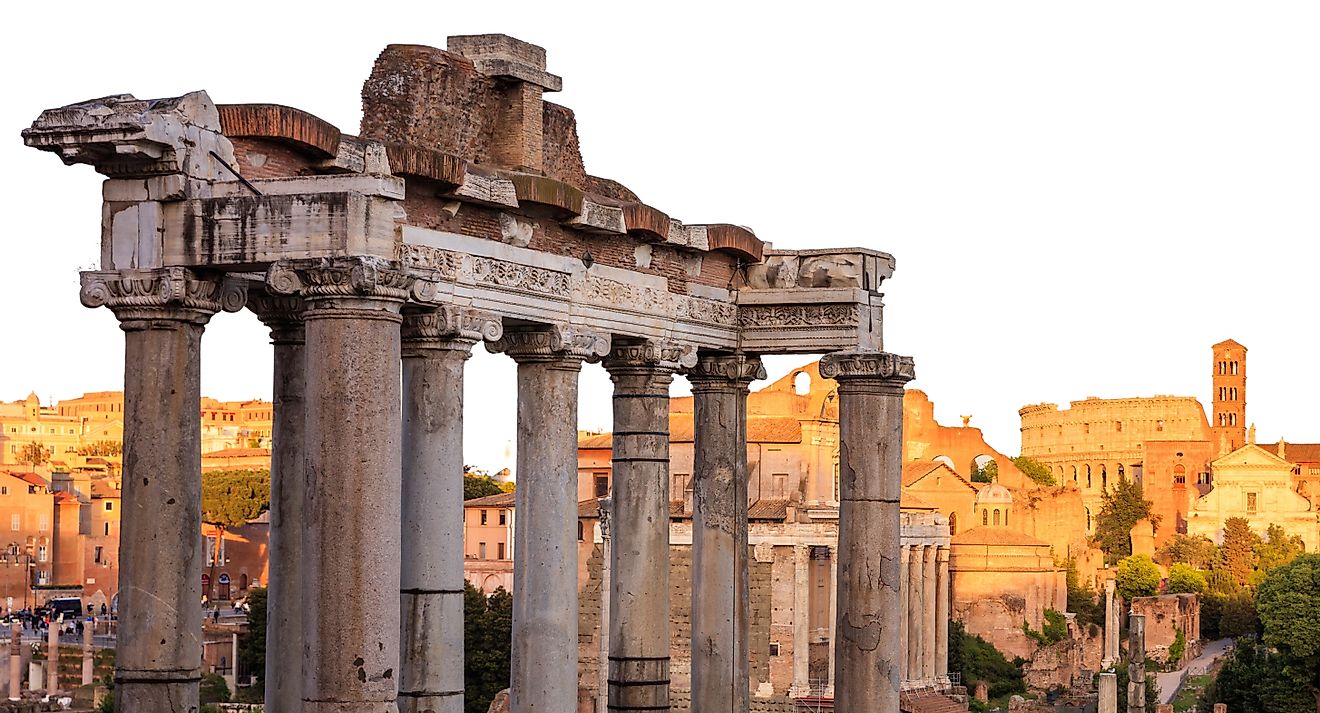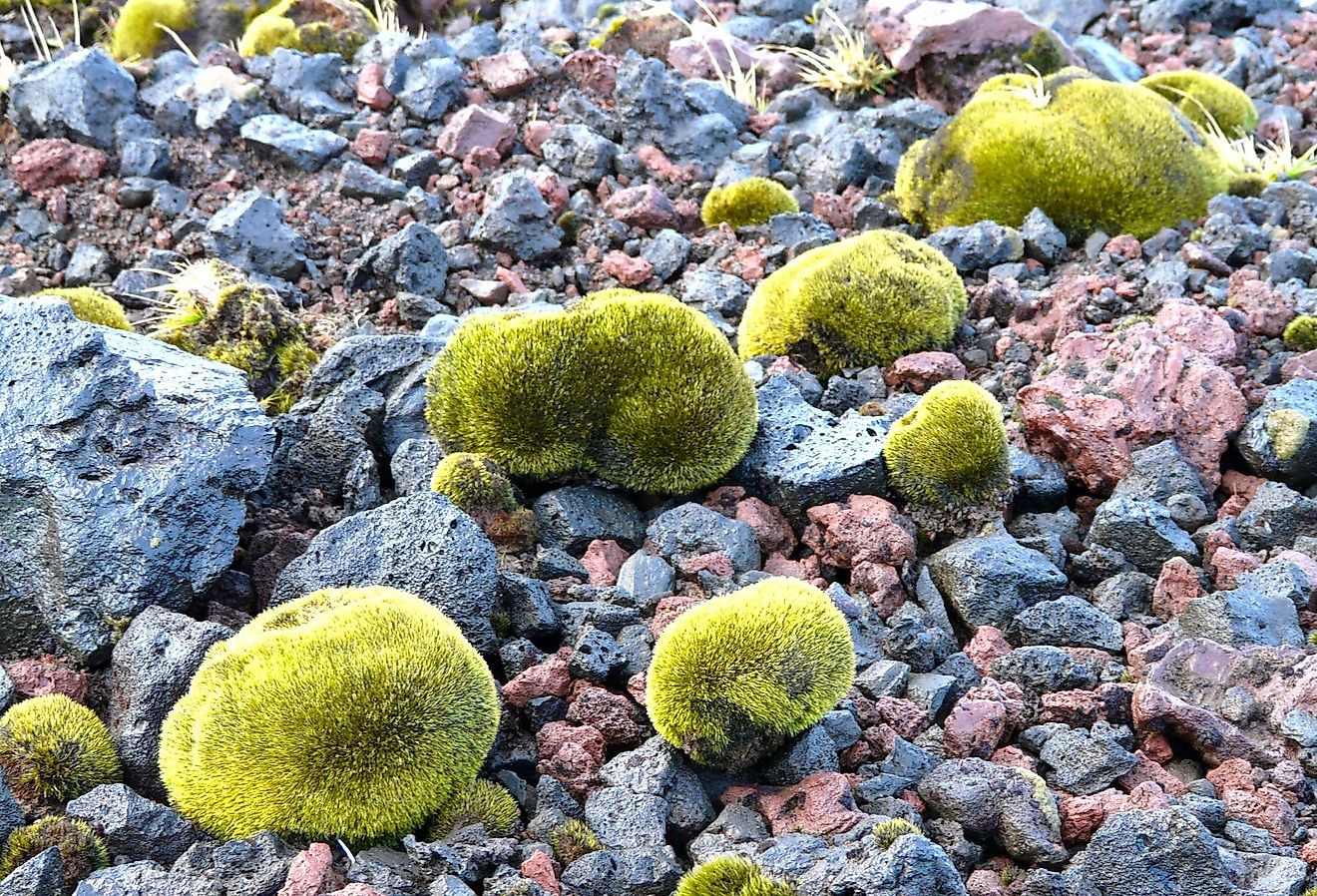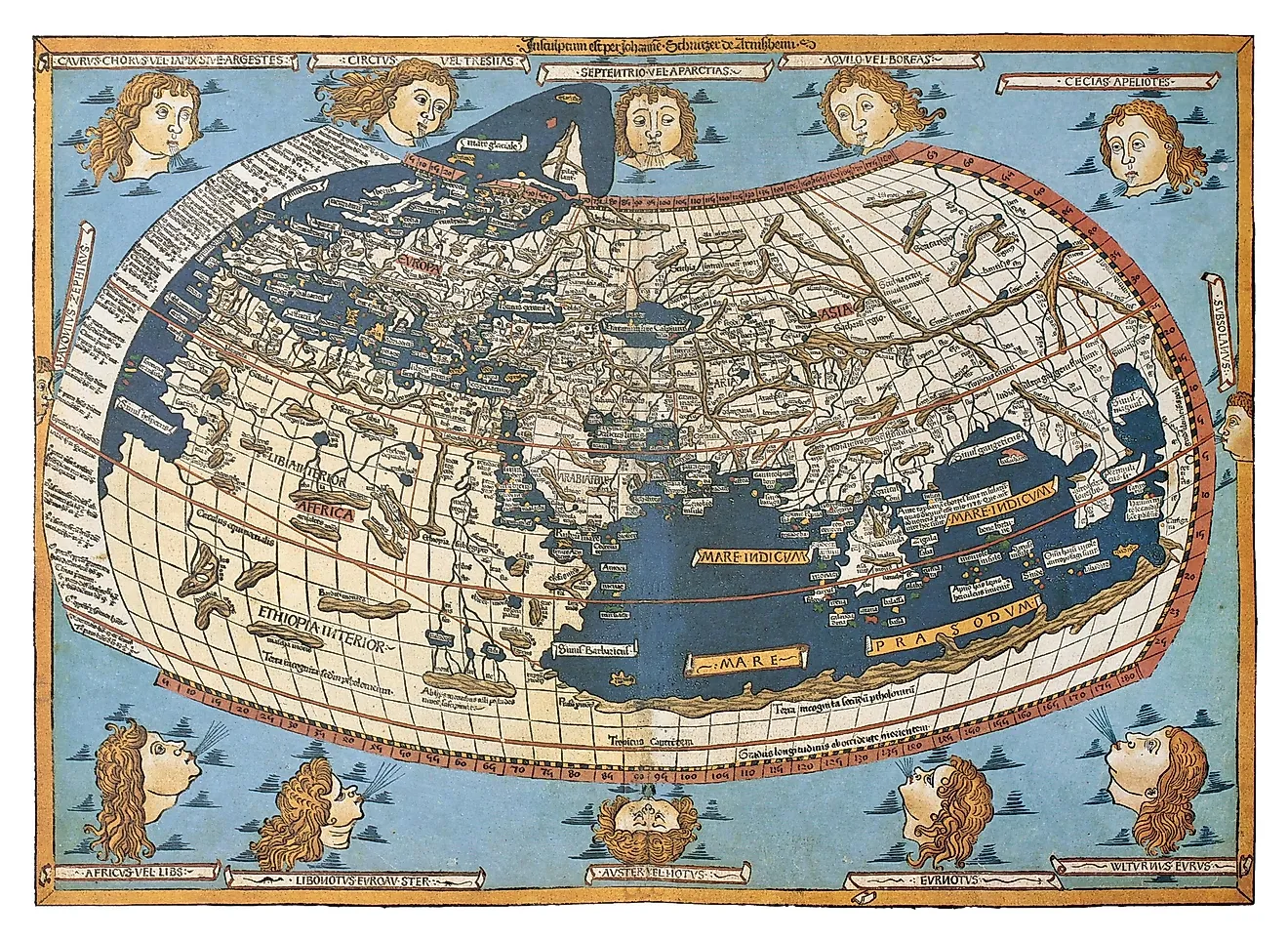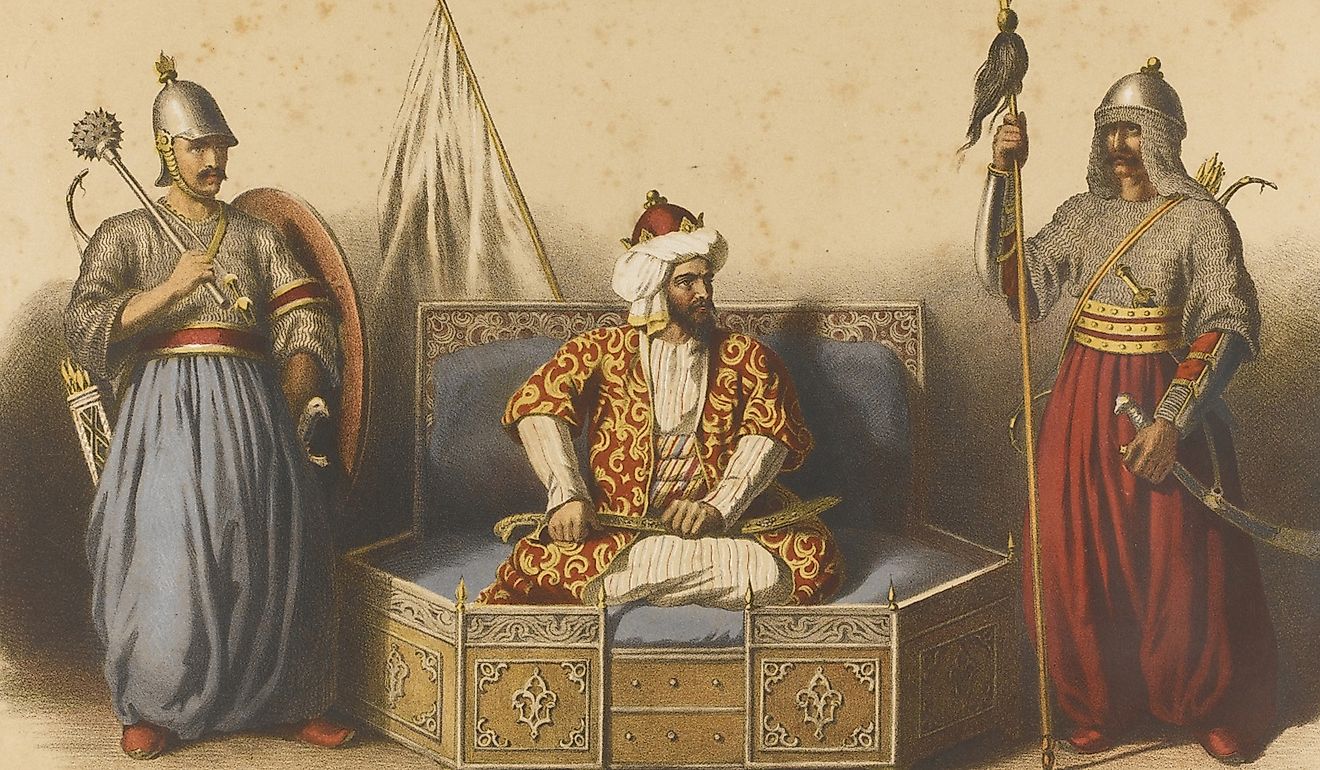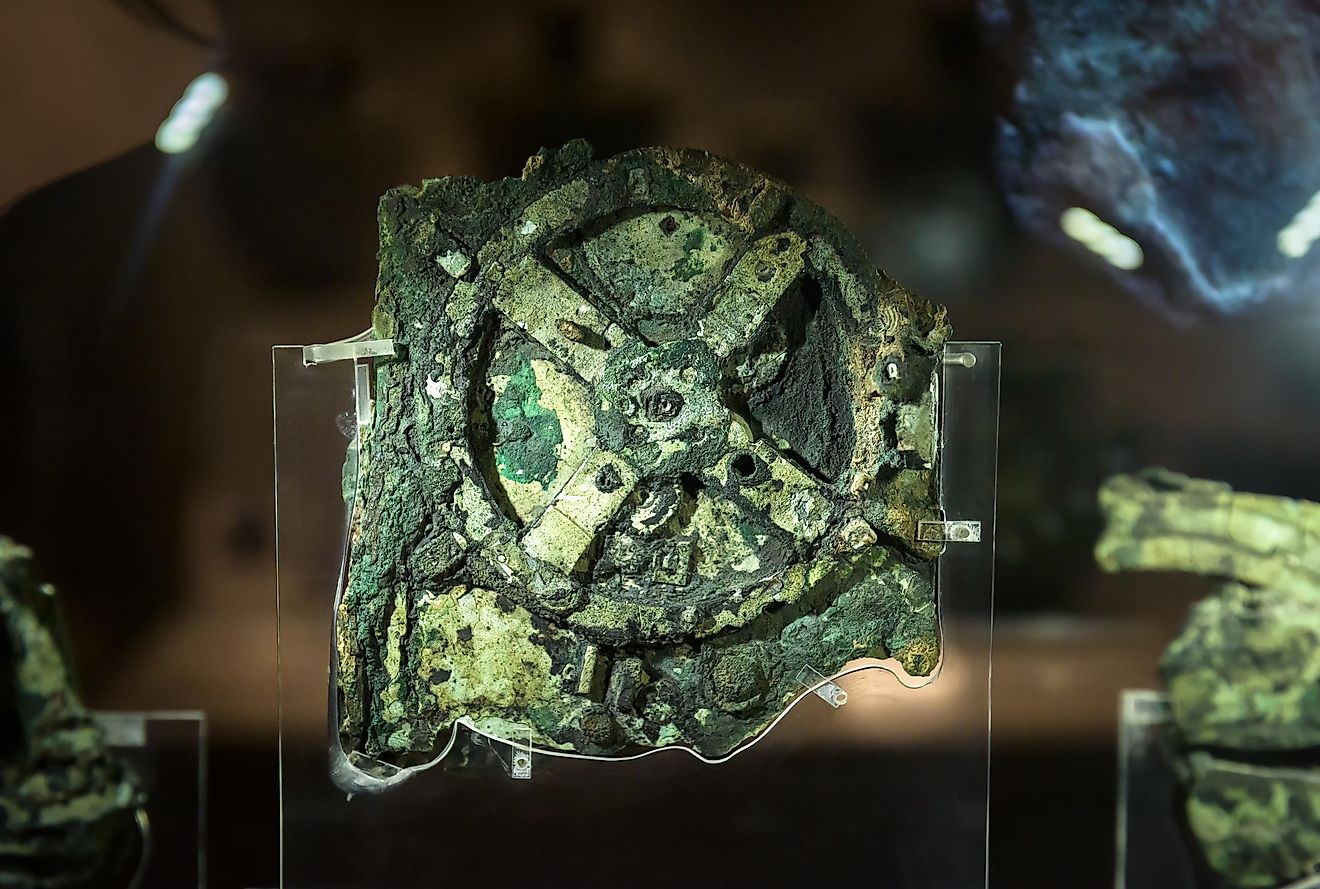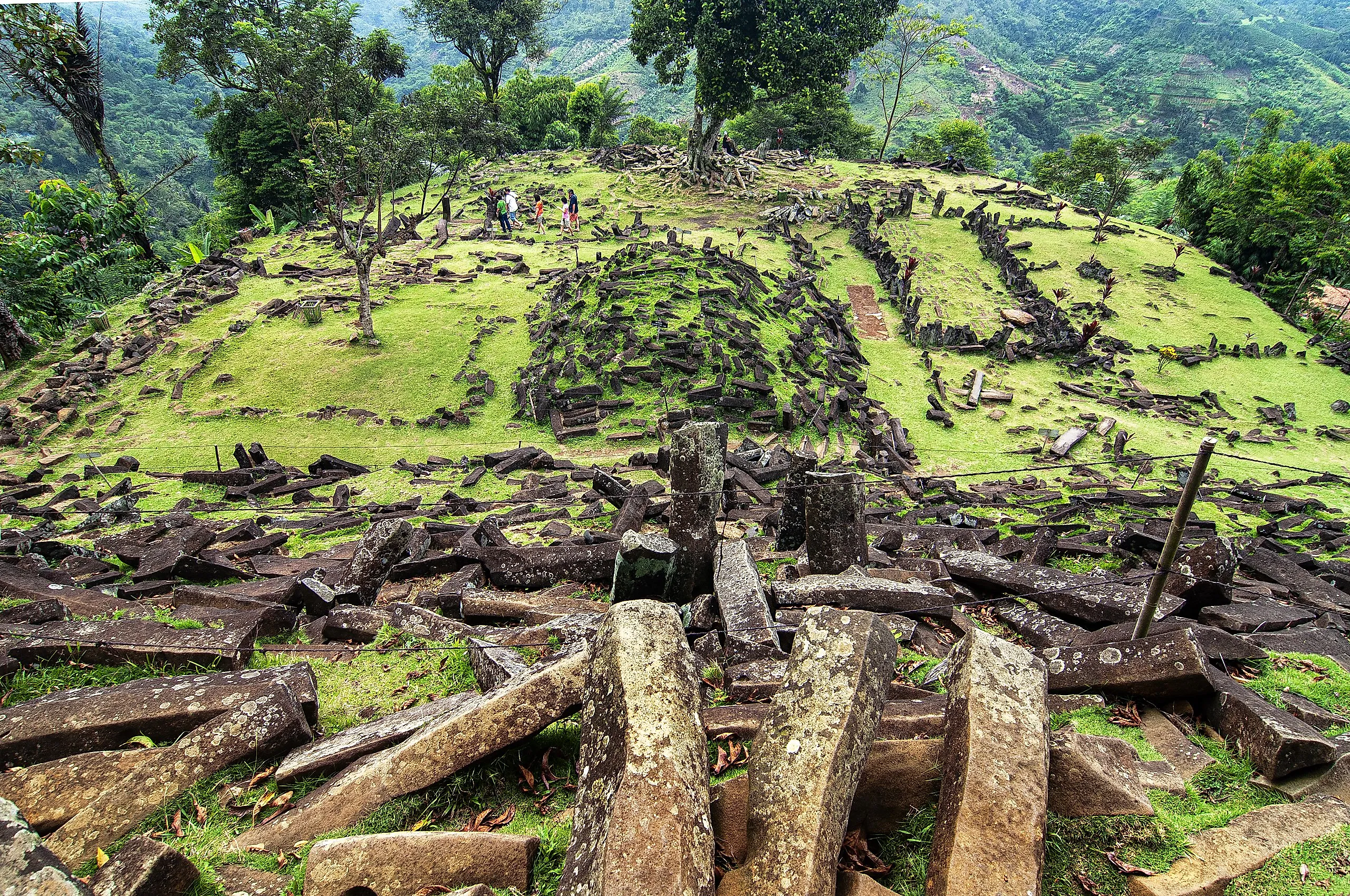
Discoveries That Could Change History
While we all enjoy current happenings—whether it's the latest books, popular Netflix shows, the sports industry with its stars and teams, Hollywood actors, or advances in Robotics, AI, and Machine Learning—our fascination with history remains strong. This may stem from our connection to present events, where familiarity can breed contempt. However, when it comes to the pyramids of Egypt, our curiosity peaks. Fortunately, our interest in history has led to many remarkable discoveries. Here, we share seven findings that could reshape our understanding of history.
Discovery Of 4,500-Year-Old Sumerian Palace In Iraq
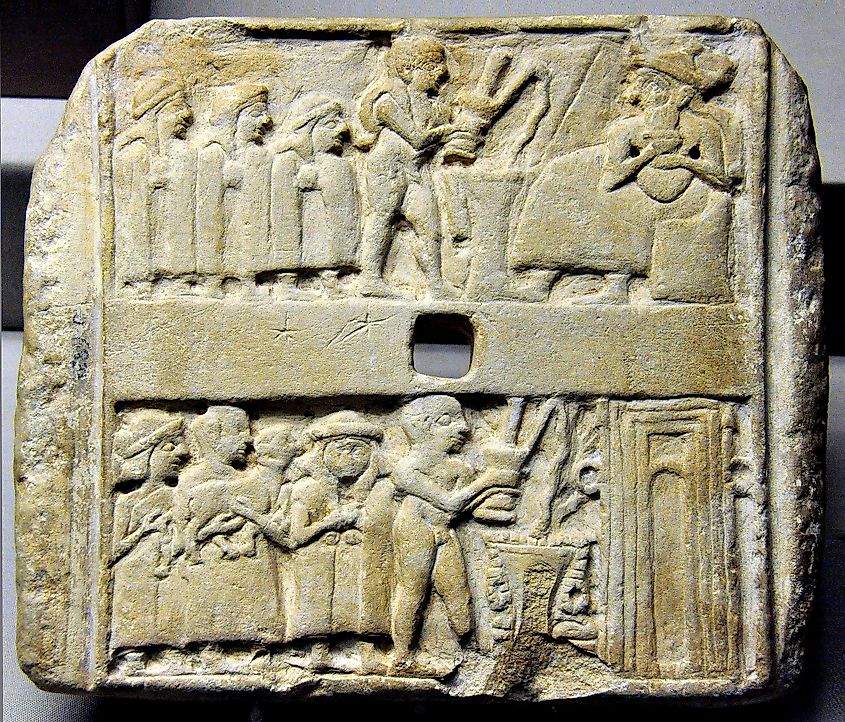
Sumeria is credited with inventing writing around 3400 B.C., using simple tools like reeds and clay tablets. This breakthrough was monumental, producing renowned texts such as the Epic of Gilgamesh. In 2022, archaeologists uncovered the ruins of the lost Sumerian Palace of the Kings, along with over 200 clay tablets and the main temple dedicated to the Sumerian god Ninĝirsu. These finds were made in Girsu, one of the earliest cities and a key hub of Sumerian civilization. The palace is believed to house a shrine to Gilgamesh, the most famous ancient Mesopotamian hero. This discovery has the potential to enhance our understanding of the Epic of Gilgamesh and offer a deeper glimpse into the Cradle of Civilization.
Gunung Padang: Could This Be A Lost Ancient Civilization Finally Found?

When we think of ancient civilizations, we often romanticize certain ones like the Sumerian Civilization, which dates back to around 4,500 B.C. and is credited with giving us the written word; the Indus Valley Civilization, from approximately 3,300 B.C., whose cities are believed to have housed up to 50,000 residents; and, of course, the Ancient Egyptians, who built incredible pyramids and developed a system of hieroglyphics. But what if there's a civilization that predates all of these? Surprisingly, that might very well be the case. In Indonesia, a Southeast Asian country, there's a hill called Gunung Padang—its summit dotted with stone-age columns. Beneath this hill, however, could lie one of the oldest structures on Earth. These ruins contain human-made chambers believed to be up to 26,000 years old. If ongoing excavations uncover the remains of an ancient civilization, it could predate the Ice Age. This discovery could change history forever, as historians have long believed that civilizations emerged after the last major Ice Age, around 11,500 BCE.
A Sri Lankan Cave Provides The Earliest Evidence Of Bowhunting In Southeast Asia
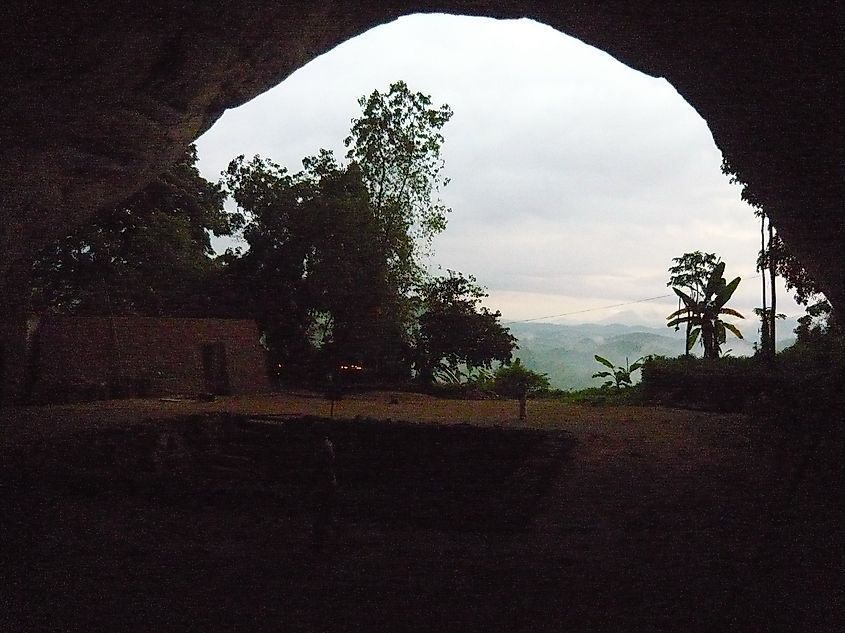
Archaeologists believed the earliest evidence of bowhunting in Southeast Asia dated to 32,000 years ago. However, this assumption could be challenged if the latest discovery from a Sri Lankan cave is any indication. Scientists have now found hundreds of arrowheads around a Sri Lankan rainforest cave called Fa-Hien Lena. While scientists think South Africa still has the earliest evidence of bow-and-arrow technology, a 64,000-year-old invention, the recent Sri Lankan find, which archaeologists tentatively date at 48,000 years, might bring Southeast Asia’s bow-and-arrow history closer to that of South Africa. But that’s not all—this discovery may also show that the cave’s inhabitants made and wore clothes. Previously, archaeologists often linked cloth-wearing to colder regions of the world.
An Egyptian Tunnel May Finally Reveal Cleopatra’s Tomb
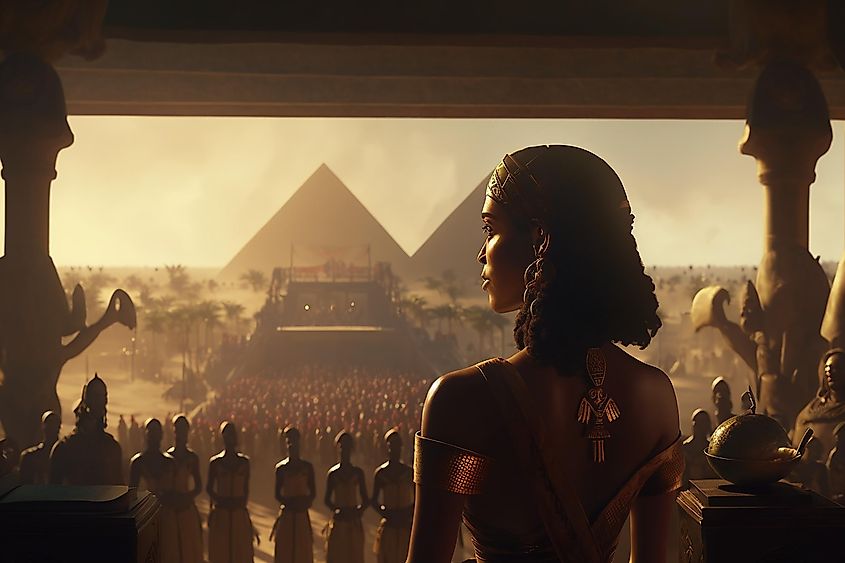
Immortalized in literature by some of history’s greatest authors such as William Shakespeare and George Bernard Shaw, Cleopatra, to a history enthusiast, represents love, wit, charisma, and, of course, beauty. Shakespeare wrote that age could not “wither her, nor custom stale her infinite variety." By all accounts, Cleopatra has been one of Ancient Egypt’s most fascinating figures. His love affair with Mark Antony is among the most written about and discussed in history. Historians know that when Mark Antony died in her arms, Cleopatra committed suicide by choosing to be bitten by a venomous snake. However, her tomb has remained an elusive mystery. That could change with the discovery of a network of underground tunnels in Egypt’s ruined city of Taposiris Magna, which archaeologists believe may lead to Cleopatra’s final resting place.
Roman Military Camps In The Arabian Desert Reveals Hitherto Unknown Military Campaign
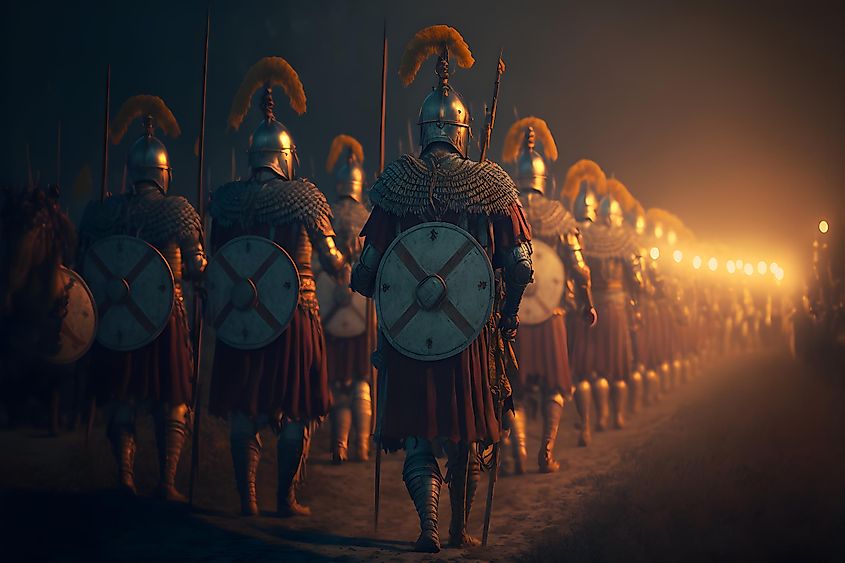
Once upon a time, the Nabataeans, Arabian nomads from the Negev Desert, controlled large areas of the Middle East, stretching from modern-day Israel to the northernmost parts of the Arabian Peninsula. They were famous for their impressive irrigation systems and their clever water capture networks. The Nabataeans made Petra their capital, a city hidden deep within rugged desert canyons in the southwestern corner of Jordan. During its peak, Petra was one of the most significant trading cities from the 4th century B.C. to the first century A.D.—before Rome eventually took control of the city. While it has always been believed that the transfer of power was peaceful, recent discoveries of fortified military camps by researchers from the University of Oxford could challenge this belief—and potentially uncover an unknown military campaign.
A Discovered Christian Monastery In UAE May Indicate Earlier Presence Of Christianity In The Arab World
If you have heard or read that early Christians were forced out of the Gulf, made to convert, or slaughtered like bulls, you are not alone. This has long been the dominant view. However, recent discoveries on a natural island off the coast of the Emirate of Umm Al Quwain in the United Arab Emirates suggest we might have been wrong. Archaeologists recently uncovered an ancient Christian monastery in the area. Among the finds were a single-aisle church, rooms that appear to contain a baptismal font, and an oven, possibly for baking communion bread. Carbon dating indicates the monastery was built sometime between 534 A.D. and 656 A.D., a few years before Prophet Muhammad was born. What’s astonishing is that the Arab-built monastery seems to have just been abandoned, with no signs of violence. This suggests a time when Christianity and Islam coexisted peacefully, challenging the old ideas of convert-or-perish.
DNA Reveals That The Nomads Who Pushed China To Erect the Great Wall Were Multi-ethnic

Scientists who sequenced the genomes of individuals buried in cemeteries dug along the western borders of the Xiongnu empire — in present-day Mongolia — discovered high levels of genetic diversity. The Xiongnu empire was one of the first to control the Eastern Eurasian Steppe and had extensive trade networks reaching Egypt, Rome, and Persia. According to Chinese historical records, the Chinese built the Great Wall to defend against repeated attacks by Xiongnu nomads. Since the Xiongnu were a nomadic people, and therefore supposedly inferior—based on widely-held beliefs about nomads—they were often misunderstood. The latest discovery, therefore, sheds light on how the Xiongnu evolved into a multi-ethnic and multi-lingual entity — reaching the peak of their power.
The Takeaway
Every breathing human being, to some degree, is a historian. We all want to know where we came from, from our great-grandparents to the farthest reaches of time. We seek to understand how people lived before us, what kind of cities they built, and what beliefs they held. If we figure this out, we may also uncover a piece of our collective identity. Fortunately, thanks to science and technological advances, we have been uncovering a lot about our history. Some of these discoveries could change how we see the past. From the Egyptian tunnels that might lead us to Cleopatra’s tomb, to ancient civilizations that may predate the Sumerian civilization by hundreds of years, we have much to learn—and even more to unlearn.
